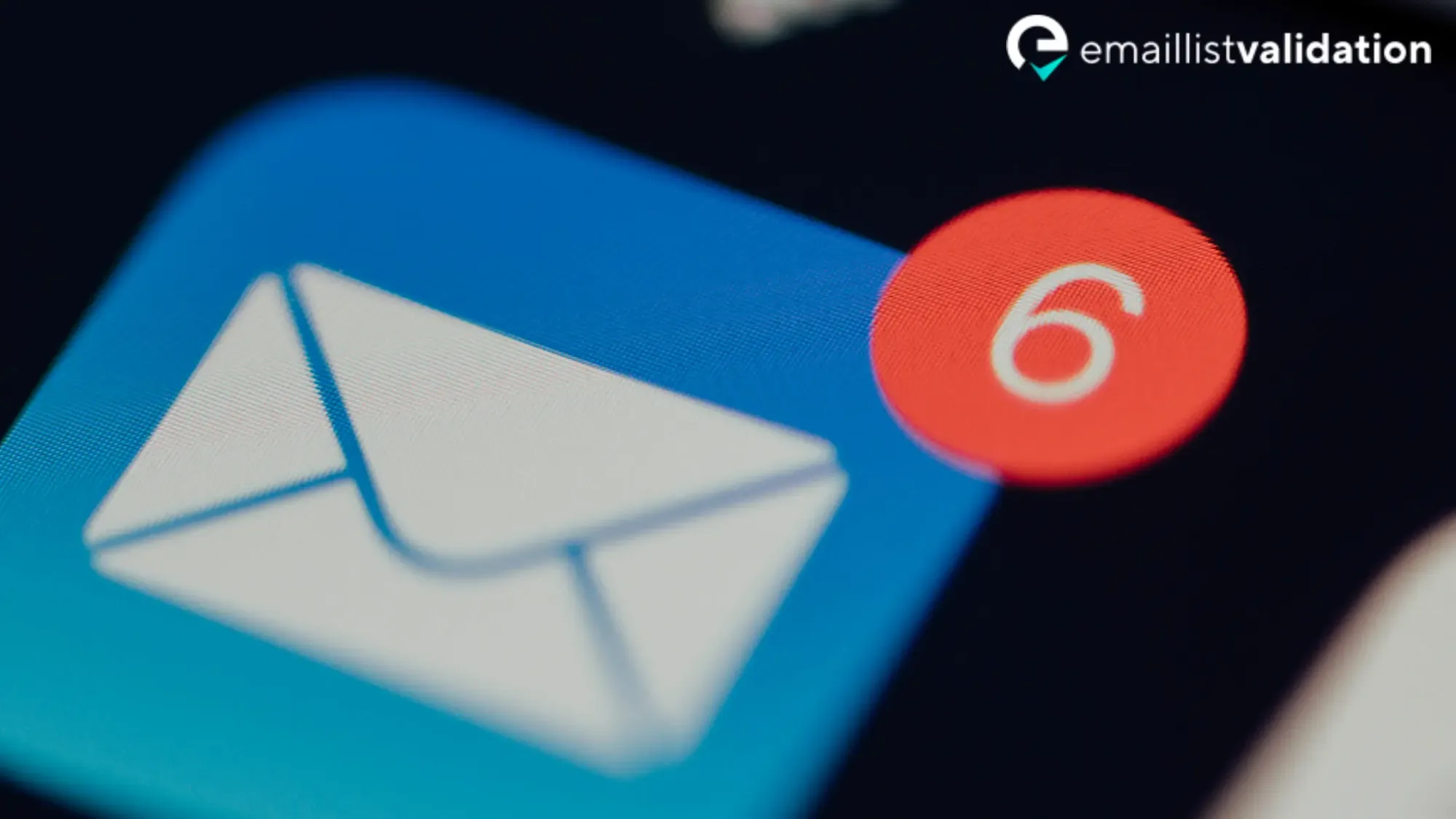As an expert in the field of email marketing, I can confidently say that one of the most important aspects of any email campaign is ensuring that the email addresses on your list are valid. Sending emails to invalid addresses not only wastes your time and resources but can also harm your sender reputation and deliverability rates. In this comprehensive guide, we will explore the different methods and tools you can use to test the validity of email addresses and answer some of the most commonly asked questions about this topic.
Why is Testing Email Address Validity Important?

Before we dive into the different ways of testing email address validity, let's first understand why it is so important. There are several reasons why you need to ensure that the email addresses on your list are valid:
- Cost and Resource Efficiency: Sending emails to invalid email addresses is a waste of your time, resources, and money. It can increase your email bounce rate, lower your deliverability rates, and ultimately harm your email campaign's effectiveness.
- Sender Reputation: Email providers, such as Gmail and Yahoo, use complex algorithms to determine whether your email is spam or not. Your sender reputation plays a crucial role in this. If you send emails to invalid email addresses, it can harm your sender reputation and lead to your emails being marked as spam.
- Compliance: Many countries have strict laws and regulations surrounding email marketing, such as GDPR in the EU and CAN-SPAM in the US. One of the requirements of these laws is that you must have explicit consent from the recipient before sending them marketing emails. If you send emails to invalid email addresses, you are not complying with these laws.
How to Test Email Address Validity

There are several methods and tools you can use to test the validity of email addresses:
1. Email Verification Services
Email verification services, such as Email Checker, NeverBounce, and Hunter.io, are online tools that can validate email addresses in real-time. These services check the syntax, domain, and mailbox of an email address to determine whether it is valid or not. Some of these services also offer additional features, such as email list cleaning and bulk email verification.
2. Email Verification APIs
Email verification APIs, such as ZeroBounce and QuickEmailVerification, are software interfaces that allow you to integrate email verification into your own applications or systems. These APIs work similarly to email verification services but offer more customization options and control over the validation process.
3. Manual Verification
If you have a small email list, you can manually verify email addresses by sending a confirmation email to each address and asking the recipient to confirm their subscription. However, this method can be time-consuming and may not be practical for larger email lists.
FAQs
Q: What is email verification?
A: Email verification is the process of validating an email address to ensure that it is real, active, and belongs to the intended recipient. The verification process typically involves checking the syntax, domain, and mailbox of an email address.
Q: What is an email bounce?
A: An email bounce is when an email fails to reach its intended recipient and is returned to the sender. There are two types of bounces: hard bounces and soft bounces. Hard bounces occur when an email is returned because the email address is invalid or does not exist. Soft bounces occur when an email is returned for a temporary reason, such as the recipient's mailbox being full or their email server being down.
Q: What is a good email bounce rate?
A: A good email bounce rate is typically below 2%. However, the acceptable bounce rate may vary depending on the type of email campaign, the industry, and the email service provider.
Q: How often should I verify my email list?
A: It is recommended to verify your email list at least once every six months to ensure that the email addresses on your list are still valid and active.
Q: Can email verification services guarantee 100% accuracy?
A: No, email verification services cannot guarantee 100% accuracy as there are many factors that can affect the validity of an email address, such as temporary server issues or email filters. However, these services can significantly increase the accuracy of your email list and reduce your bounce rate.
Conclusion
Testing the validity of email addresses is an essential part of any email marketing campaign. By ensuring that your email list only contains valid and active email addresses, you can improve your email deliverability rates, protect your sender reputation, and comply with relevant laws and regulations. Whether you choose to use email verification services, APIs, or manual verification, the key is to regularly verify your email list and keep it up-to-date.



